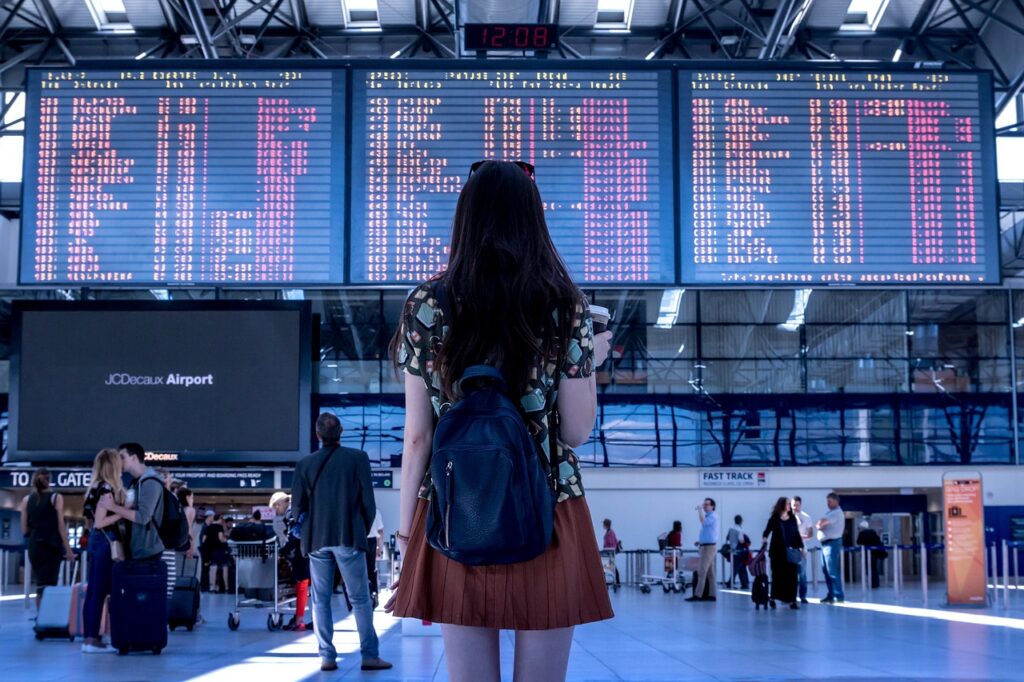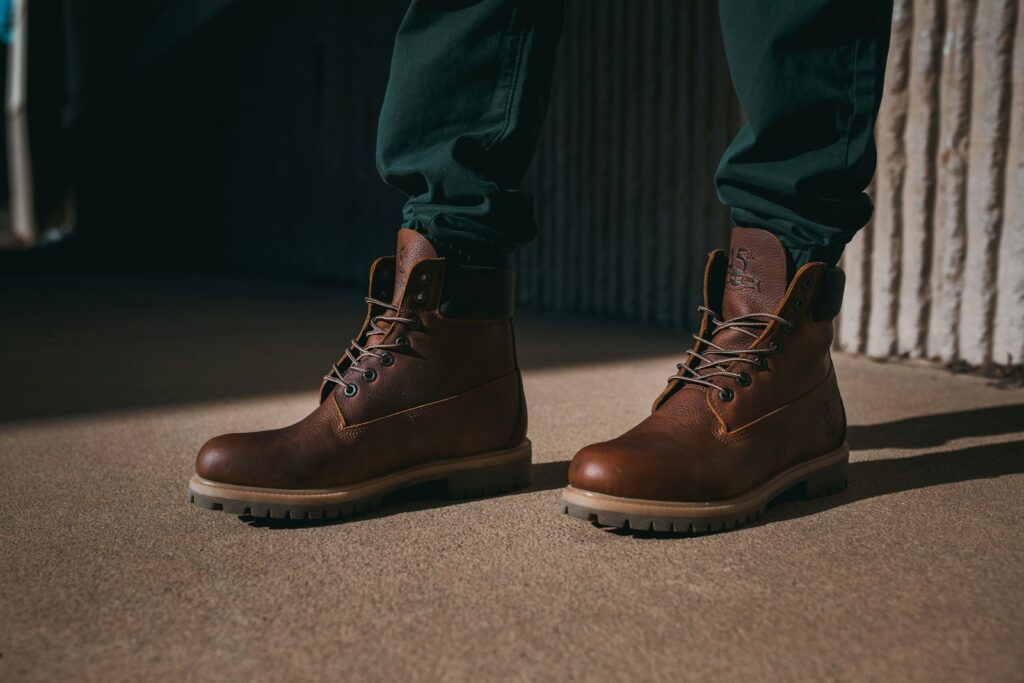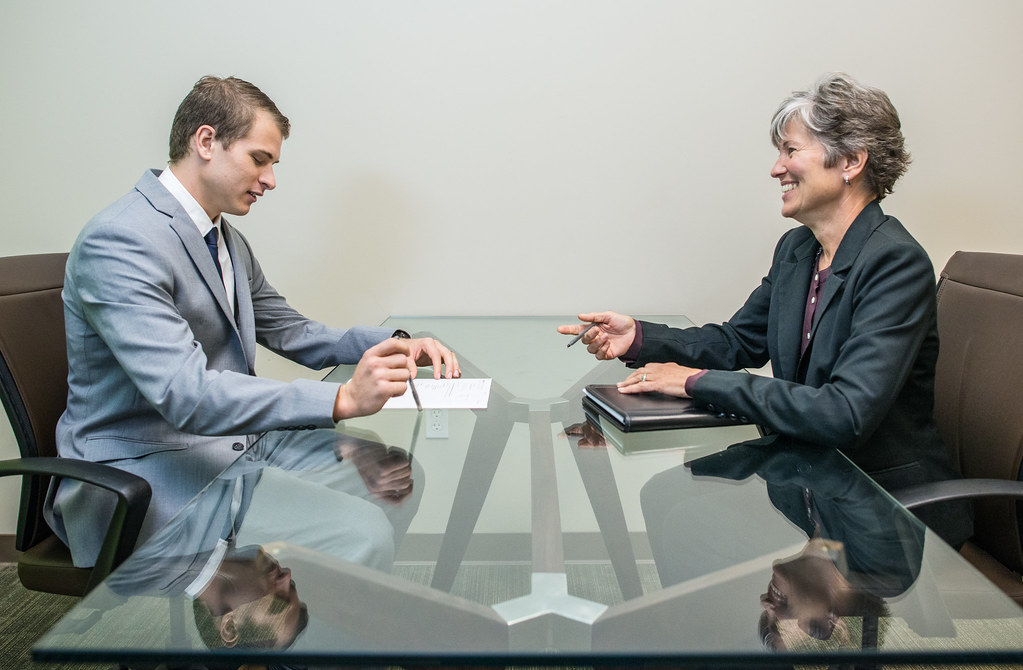If you’ve ever flown on a US carrier, you’ve likely witnessed the overhead bin madness: passengers struggling to squeeze their oversized bags into compartments, flight attendants announcing there’s no more space and requesting volunteers to check their bags, leading to inevitable delays and frustration.
This chaos happens due to several factors, including the lack of enforcement of size and weight limits by airlines and the TSA, high fees for checked luggage, and the fear of losing or damaging belongings.
However, don’t worry, there’s a way to avoid being part of the problem and enjoy a hassle-free flight. All you need is some smart packing skills and a good knowledge of the rules and regulations. Here are some tips on how to pack light and fly right on US flights.
Know the TSA and airline restrictions
Before you start packing, you need to know what you can and can’t bring on board, and how big and heavy your carry-on can be. The TSA has a comprehensive list of items that are allowed or prohibited in your carry-on and checked luggage, which you can find on their website or by using their app or social media channels.
Some of the items that are allowed in your carry-on include liquids, aerosols, gels, creams, and pastes in containers of 3.4 ounces (100 milliliters) or less, and placed in a single quart-sized clear plastic bag. You can also bring items like laptops, tablets, cameras, e-cigarettes, and medications, but you may need to remove them from your bag and place them in a separate bin for screening.
Prohibited items in your carry-on include weapons, explosives, flammable materials, sharp objects, and liquids over 3.4 ounces (100 milliliters), unless medically necessary; these items can be checked in your luggage if properly packed and declared to the airline.
The TSA has exceptions for certain items like tools, sporting equipment, and assistive devices, which you can carry on or check depending on their size and weight; more information is available on the TSA website.

The TSA rules apply to all US flights, but each airline may have its own restrictions on the size and weight of your carry-on luggage. For example, United Airlines allows you to bring one carry-on bag and one personal item, such as a purse, backpack, or laptop bag. Your carry-on bag must fit in the overhead bin and measure no more than 22 x 14 x 9 inches (56 x 35 x 23 centimeters), including handles and wheels. Your personal item must fit under the seat in front of you and measure no more than 17 x 10 x 9 inches (43 x 25 x 22 centimeters).
Other airlines may have different or additional limits, such as fees for carry-on bags, restrictions on basic economy fares, or allowances for elite members or credit card holders. You can find the specific rules for each airline on their website or by contacting their customer service.
Pack wisely and efficiently
Once you know the restrictions, start packing your carry-on with essentials and leave behind unnecessary items; here are some packing tips to help you optimize space and weight.
- Choose a lightweight and durable carry-on bag that meets the airline’s size and weight limits. Avoid hard-shell cases or bags with wheels and handles, as they take up more space and add extra weight. Opt for soft-sided bags or backpacks that can compress and fit into tight spaces.
- Pack your clothes in layers and roll them instead of folding them. This will save you space and prevent wrinkles. You can also use compression bags or packing cubes to organize your clothes and squeeze out the air.
- Wear your heaviest and bulkiest items, such as shoes, jackets, and jeans, on the plane. This will free up space and weight in your carry-on bag. You can also use your pockets to store small items, such as keys, phone, or wallet.
- Pack only the toiletries and cosmetics that you need and use travel-sized containers or samples. Remember to follow the TSA’s 3-1-1 rule for liquids and place them in a clear plastic bag. You can also buy some items at your destination or use the ones provided by your hotel or Airbnb.
- Pack only the electronics and gadgets that you need and use a small case or pouch to store them. Remember to charge them before your flight and bring the necessary cords, adapters, and batteries. You can also download your entertainment, such as music, movies, or books, on your device and use the airplane mode or the in-flight Wi-Fi.
- Pack only the valuables and important documents that you need and keep them in a safe and accessible place. These include your passport, ID, ticket, money, credit cards, jewelry, and medications. You can also use a money belt or a neck pouch to hide them under your clothes.
- Pack some snacks and a reusable water bottle to keep you hydrated and energized during your flight. You can refill your water bottle after security or buy some drinks on board. You can also bring some gum, candy, or earplugs to help you with the air pressure and noise.

Be flexible and cooperative
Even if you pack light and follow the rules, you may still need to check your carry-on bag at the gate if the overhead bin space is full or the plane is too small; be flexible and cooperative, and follow flight attendants’ instructions.
- Remove any valuables and important documents from your carry-on bag and keep them with you. You don’t want to risk losing or damaging them in the cargo hold.
- Attach a luggage tag or a label with your name and contact information to your carry-on bag. This will help you identify and claim your bag at your destination.
- Ask the flight attendant for a gate-check tag and attach it to your carry-on bag. This will indicate that your bag is to be returned to you at the gate or the baggage claim, depending on the airline and the destination.
- Keep the receipt or the stub of the gate-check tag and store it in a safe place. You will need it to prove that you own the bag and to report any issues or damages.
- Be patient and polite and thank the flight attendant for their service. They are doing their best to ensure a safe and smooth flight for everyone.
By following these tips, you can pack light and avoid the carry-on chaos on US flights, enjoying a more comfortable and stress-free travel experience while saving time and money. Happy flying!
Related posts:
TSA Carry-On Restrictions You Need to Know – NerdWallet
What Can I Bring? All | Transportation Security Administration





